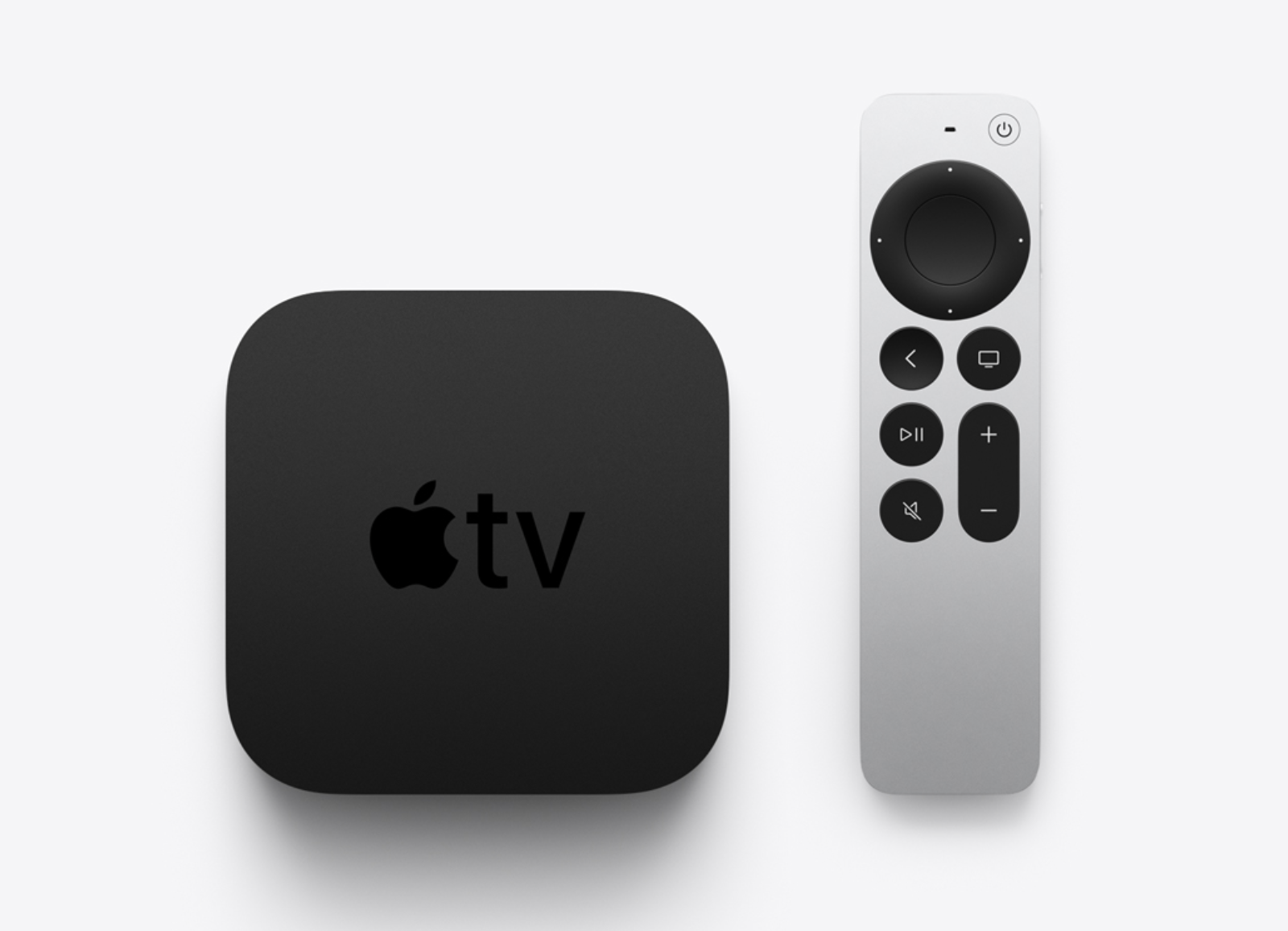The new Apple TV 4K has Thread – here is why that matters for your smart home
Apple this week announced an updated version of its Apple TV 4K set-top box. It features an all-new remote, a more powerful processor for improved image quality – and, as a bonus for smart home builders, support for Thread.
Before we dive into Thread, here is a quick look at the other headline features of the new Apple TV 4K.
Read More:
- Apple AirTag vs Tile: How the newest tracker compares
- New 2021 Apple iPad Pro vs the 2020 iPad Pro: What's the difference?
- How the new 2021 Apple iMac 24-inch compares to its predecessor
The remote is the biggest change for 2021, with an all-new design that has more buttons for greater control over media and your TV. There is also a new directional clickpad that can be swiped over to navigate and, in a nod to the clickwheels of iPods, used to scroll through content by rotating a thumb over it.
We think this is a solid redesign of a remote that in its previous iteration drew its fair share of criticism, and we hope the new model helps to show the competition how a good remote is done.
Also new (at least for the Apple TV 4K) is the inclusion of Apple's A12 Bionic chip. This processor arrived back in 2018 and first appeared in the iPhone XS, before also appearing in the 2019 iPad Air and the 2020 iPad. It isn't the newest chip on the block, but it should bring a welcome performance boost to the Apple TV 4K.
On that note, Apple says the box can now handle High Frame Rate HDR video, which means HDR 4K video with twice the frame rate of the previous Apple TV 4K. Like that model, the new Apple TV can also handle Dolby Vision, HDR 10 and Dolby Atmos. There is also the addition of Wi-Fi 6 for faster wireless networking and HDMI 2.1, which could mean 4K at 120 frames per second in the future, although that isn't a feature Apple has mentioned for now.
One of the most interesting new features, pictured above, is how the Apple TV 4K works with an iPhone to help calibrate its picture output, regardless of how your TV is set up. To use the feature, pair the two devices then place your iPhone against the TV screen so that its display and ambient light sensor are facing the television. The iPhone then measures the output of your TV in a bid to help the Apple TV 4K calibrate its picture output. This all happens without you even touching your television's own picture settings menu.
Thread
And then there is Thread. After the HomePod Mini, the 2021 Apple TV 4K is the second Apple product to feature Thread, which is a smart home networking standard. Similar to Zigbee and Z-Wave, Thread is a low-power wireless mesh networking protocol designed for the Internet of Things (IoT) and smart home automation. Much like other smart home systems, Thread helps devices like smart door locks, thermostats, lights and sensors interact with each other via the cloud.
Devices that also work with Thread include smart home products from Eve, the Nest Hub Max and Nest Wi-Fi by Google and Nanoleaf smart lighting, as well as Apple's HomePod Mini.
A couple of Apple products with Thread doesn't make a complete smart home, but it is interesting to see the company slowly adding such networking technology to its smart home products. And, for now at least, the slow approach makes sense, since Thread was relatively unheard of, even in the smart home space, before Apple joined The Thread Group in the summer of 2018, joining Amazon, Google and others.
We have long hoped Apple would double down on its HomeKit platform and turn the Apple TV into a fully-fledged smart home control center. The Home app was added to tvOS 14 in 2020, along with controls for ambient lighting and facial recognition with compatible video doorbells, but we feel Apple could go much further here.
We aren't expecting Thread on the Apple TV 4K to turn Apple into an Amazon and Nest rival overnight, but the iPhone maker is usually one to take a slow, considered approach when entering a new market sector. Just look at how long it took for the iPad and Watch to get into their stride.
But with Thread now on two Apple devices, we hope to see it appear on a replacement to the recently-discontinued HomePod, and potentially more devices in the future. For now, it feels like Apple is quietly future-proofing its smart home devices while it works out how best to enter the IoT space in a more meaningful way.
